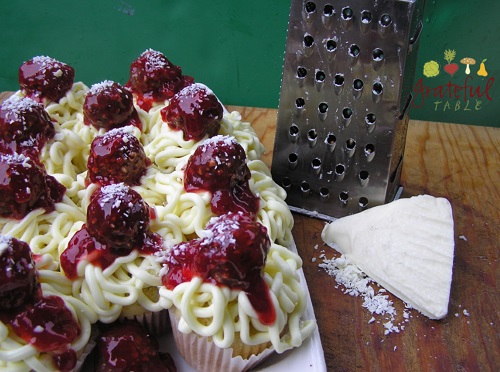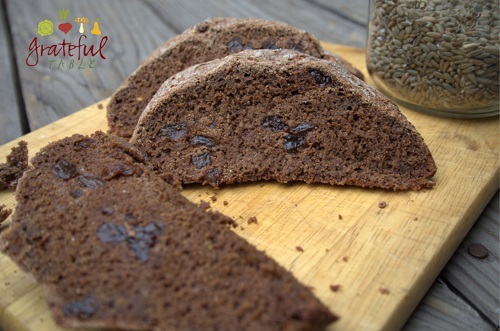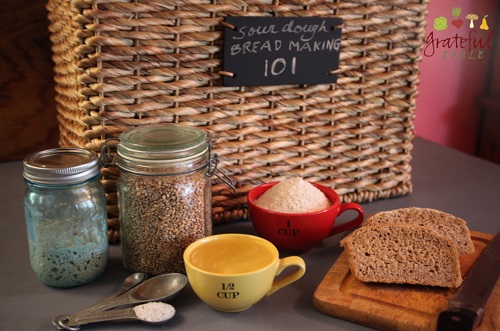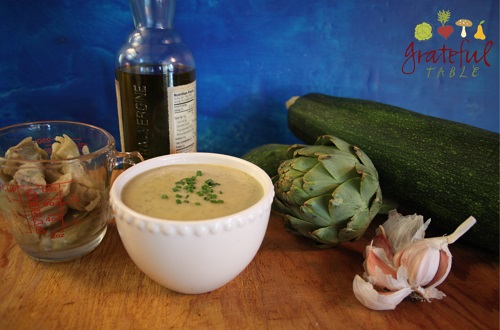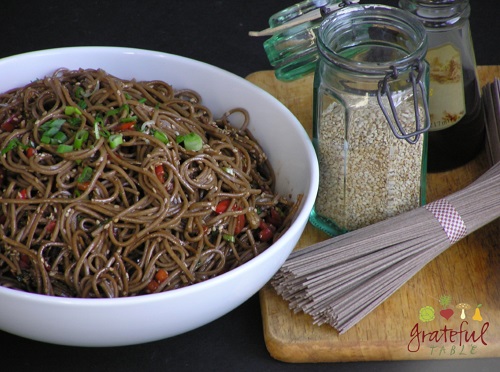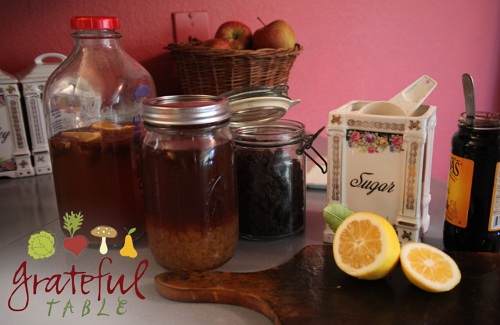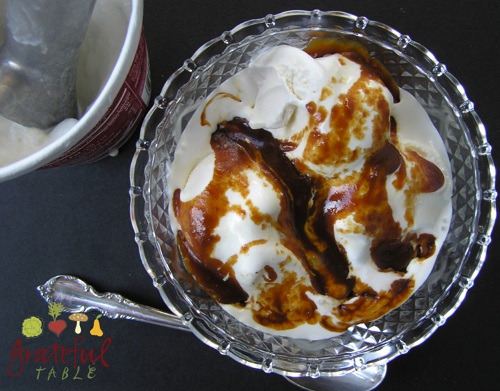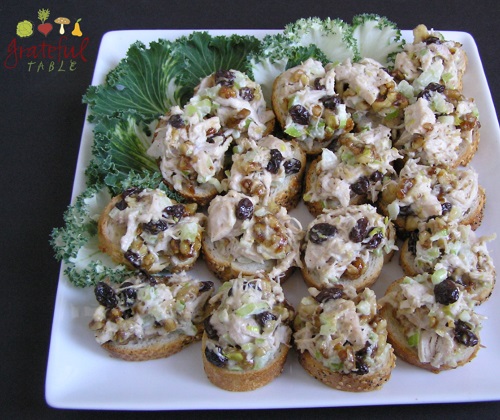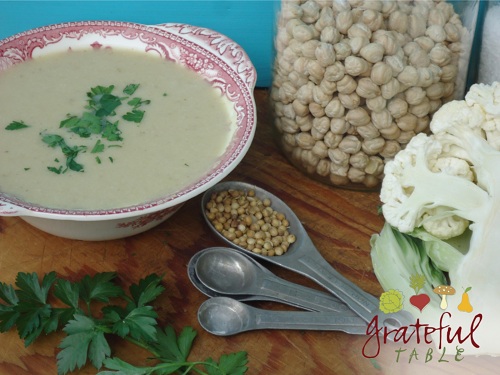My friend loaned me her “Hello Cupcake” cookbook. What fun that was! I browsed through the whole thing, but realized that most of the cupcakes were far too elaborate to meet my time constraints.
So I narrowed down the list, and settled on making the Meatball Cupcakes for my son’s birthday. He was turning 21, but his favorite candy is Ferrero Rocher, so it just seemed so right!
I made a few changes in the book’s recipe. Homemade frosting would be way cooler (for a number of reasons), right? I used some olive oil in the cake too (although it could be made with all butter). One thing I didn’t change: Using low-sugar raspberry jam for the “tomato sauce” (it has more color than other jams).
Enjoy making this for your next kids’ party- young or old! Makes 2 dozen cupcakes, with some extra frosting left over.
INGREDIENTS
- 1 stick (1/2 c.) soft butter, plus 2 sticks (1 c.) for frosting
- 1 c. sugar
- 3 eggs
- 1/2 c. milk
- 1/2 c. olive oil
- 1 tsp. vanilla (plus 1 tsp. for frosting)
- 2 1/2 c. flour
- 2 tsp. baking powder
- 1/2 tsp. baking soda
- 1/2 tsp. salt
- 8 oz. cream cheese, room temperature
- 2 1/2 lb. confectioner’s sugar (8 1/2 c. or so)
- Yellow food coloring
- 15 oz. jar low-sugar strawberry jam (better color in low-sugar jam)
- 1 bar white chocolate (3 oz. or so)
- 24 pieces Ferrero Rocher candy
- 2 zip-lock bags (large, freezer-quality)
PREPARATION
1. Prepare muffin tins using cupcake liners (or butter tins). Beat on high until light: > 1 stick room temp. butter (1/2 c.) > 1 c. sugar
2. To creamed butter/sugar, add, mixing after each egg: > 3 eggs
3. In separate bowl, mix dry ingredients: > 2 1/2 c. flour > 2 tsp. baking powder > 1/2 tsp. baking soda > 1/2 tsp. salt
4. Using whisk attachment (or hand-folding), gently mix dry ingredients into the creamed sugar/butter/egg mixture. Add just some of the dry ingredients at a time, alternating with the milk/oil/vanilla mixture.
5. When mixed together, spoon the batter into a large (freezer quality) zip-lock bag. Snip a small corner off (1/2″ or so), and squeeze the batter into the muffin liners. Bake at 350 degrees for 15-20 minutes, until a toothpick comes out clean and cupcakes are set. Let cool on a rack. Arrange on platters, ready to frost.
6. Ahead of time (even a day early), melt white chocolate 1 minute or so in microwave, pouring into the corner of a loaf pan (or similar), lined with plastic wrap, in order to make a little “wedge” of parmesan cheese. Use: > 1 bar white chocolate (3 oz. or so)
7. (You can forego the above “parmesan” instructions if you can find a chunk of white chocolate.)
8. Meanwhile, make frosting. Microwave 1 minute or so: > 2 sticks (1 c.) butter
9. To melted butter, add and microwave 1 minute more, to get soft: > 8 oz. room temperature cream cheese > 1 tsp. vanilla > several drops yellow food coloring
10. To a mixing bowl, add: > 2 1/2 lb. (about 8 1/2 c.) confectioner’s sugar
11. Add to the confectioner’s sugar in bowl: > The melted butter/softened cream cheese/vanilla/yellow food coloring
12. Beat all frosting ingredients, slowly at first, then on higher speed until creamy and smooth. If necessary, add a bit more yellow, to make a “noodle” color frosting. Spoon the frosting into a zip-lock bag. Cut a small hole out of one corner, and start piping the frosting out onto the cupcakes, piling it on each cupcake like a small pile of noodles. Refrigerate some to firm up frosting.
13. For “tomato sauce”, warm jar 1 minute or so: > 1- 15 oz. jar low-sugar strawberry jam
14. Roll in some of the melted jam, to coat: > 24 Ferrero Rocher Hazelnut Candies
15. To the tops of cupcakes, add one “meatball”, spooning extra jam on as needed for “sauce”. Sprinkle with a touch of grated white chocolate (for “parmesan”). And enjoy!

